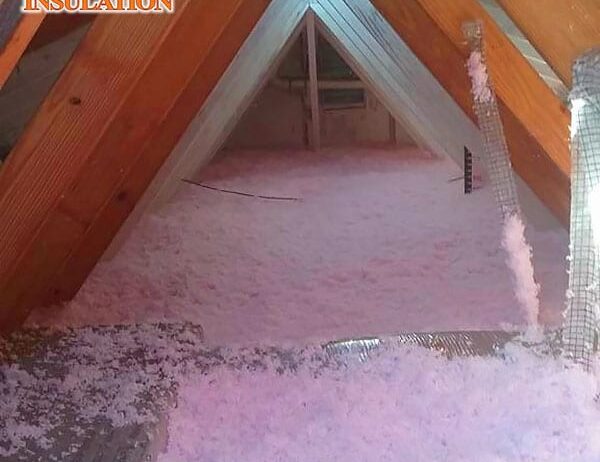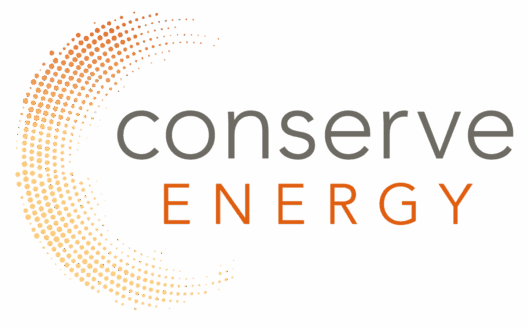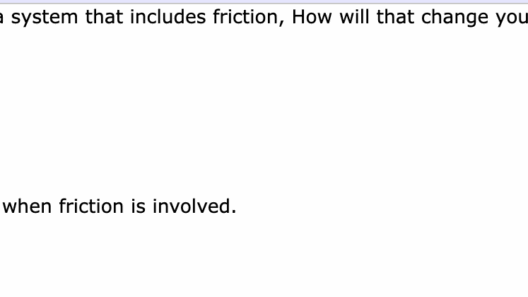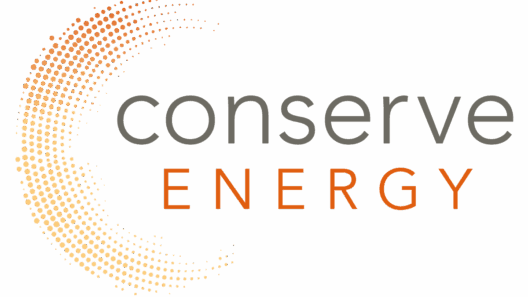In the intricate tapestry of our built environment, insulation emerges as a silent sentinel, diligently preserving the warmth within our living spaces while thwarting the relentless incursions of winter’s chill. It is, in essence, the layer of protection that ensures our comfort, standing as a bulwark against thermal transgressions. Intriguingly, insulation’s role transcends mere comfort; it is an unsung champion in the battle against climate change, helping to conserve energy at the foundational level.
Imagine your home as a vessel sailing across an ocean of fluctuating temperatures. Without insulation, just as a ship would take on water, your home would be subjected to an unending barrage of heat loss in winter and heat gain in summer. Insulation acts as the hull of this vessel, keeping temperatures stable and allowing the occupants to navigate life without the constant disruption of external weather. This stability not only enhances our quality of life—it mitigates energy consumption, culminating in a significant reduction of our carbon footprint.
Insulation manifests in several forms: fiberglass, cellulose, foam, and more, each offering distinct benefits. Fiberglass insulation is akin to the clouds; it traps heat within its fibers, much like clouds retain warmth within their vaporous embrace. Cellulose, derived from recycled paper, whispers of sustainability; it is nature’s own solution in the form of a fastidious guardian, repurposing resources that would otherwise contribute to waste while defending our home from disruptive thermal transference.
The efficiency of insulation hinges on its R-value, a measure of thermal resistance. Think of this as the insulation’s armor, the higher the R-value, the greater its capacity to resist the flow of heat. This resistance is critical during the winter months. As the ambient temperature plummets, heat attempts to flee the cozy confines of your home. Insulation ensures that this precious warmth is not lost to the outside world. By maintaining internal temperatures, it allows heating systems to operate at a fraction of their potential, drastically reducing energy consumption.
In the sizzling summers, insulation performs a similar magic. It acts as a thermal barrier that prevents the sun’s radiant heat from infiltrating the space. The result is a comfortable indoor atmosphere without the incessant whir of air conditioning units. Herein lies insulation’s unique appeal: it acts not just as a passive layer but as an active participant in the dynamic dance of energy management.
Moreover, the economic implications of insulation are significant. By reducing the reliance on heating and cooling systems, households can experience lower utility bills, translating into savings that can be redirected toward other necessities. In a broader context, widespread insulation can lower the demand for energy production, thereby reducing the need for fossil fuels and the release of greenhouse gases into the atmosphere. The cascading effects of insulation extend well beyond the individual household level; they ripple out, contributing to a healthier planet.
But insulation does not merely stand on its own; the interplay of materials and construction techniques determines its effectiveness. Proper installation is paramount. Gaps and voids in insulation can create thermal bridges—essential points of energy loss where warmth escapes and cold infiltrates. To ensure that insulation does its job effectively, meticulous attention to detail during installation can mean the difference between a well-sealed home and a leaky vessel adrift in the thermal sea.
Furthermore, the location of insulation matters. In attics and walls, it creates a blanket of warmth, while basement and crawl space insulation prevents cold air from seeping upward, protecting the core of the home. Homeowners must be proactive in assessing their insulation needs, using energy audits to identify areas that lack adequate coverage. Such assessments are pivotal, for they unveil opportunities to bolster the home’s defenses against the relentless elements.
As we venture further into the 21st century, the movement toward energy-efficient practices gathers momentum. Insulation is not merely a consideration but a necessity in new construction and retrofitting old structures. Building codes increasingly demand higher standards of insulation, reflecting a growing recognition of its critical role in sustainable living. Developers and architects are now embracing innovative materials and technologies, ushering in a new era where energy conservation is woven into the very fabric of our environments.
In conclusion, insulation emerges as more than just a material within the walls of our homes; it is a vital component of an energy-conscious lifestyle. By keeping heat where it belongs, insulation plays a pivotal role in preserving our comfort, reducing our environmental impact, and fostering economic savings. It stands as a testament to our capacity to implement thoughtful solutions in the face of climate challenges. As we continue to seek pathways to a sustainable future, let us regard insulation not as an afterthought but as an indispensable ally in our endeavors—an enduring fixture in the quest for a greener, more resilient planet.








